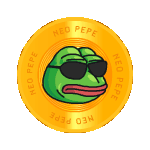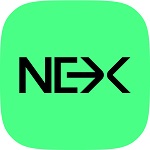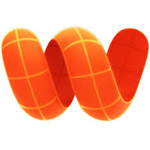Overview
|
Technical details
Polkadot achieves low-level consensus over a set of mutually agreed valid blocks through a modern asynchronous Byzantine faulttolerant (BFT) algorithm.
What is Polkadot
Polkadot is a next-generation blockchain protocol that unites an entire network of purpose-built blockchains, allowing them to operate seamlessly together at scale. Because Polkadot allows any type of data to be sent between any type of blockchain, it unlocks a wide range of real-world use cases.
By bringing together the best features from multiple specialized blockchains, Polkadot paves the way for new decentralized marketplaces to emerge, offering fairer ways to access services through a variety of apps and providers.
While blockchains have demonstrated great promise in several fields—Internet of Things (IoT), finance, governance, identity management, web decentralization, and asset-tracking to name a few—design limitations in previous systems have largely hindered large-scale adoption.
Polkadot’s design offers several distinct advantages over existing and legacy networks, including heterogeneous sharding, scalability, upgradeability, transparent governance and cross-chain composability.
THIS IS BLOCKCHAIN UNBOUNDED
DetailsPublic sales: Oct 15, 2017 - Oct 27, 2017IEO (BW Launchpad): Jul 21, 2020 - Jul 22, 2020 Token supply: 533,145,000 DOT Total tokens for sale: 100,000,000 DOT Raised: 145,000,000 USD LegalBlockchain Platform: EthereumOffice address: Reiffergässli 4 6300 Zug Switzerland | Token infoTicker: DOTType: Utility-token Token standard: ERC20 Accepted currencies: ETH |
Polkadot Roadmap
Web3 Foundation will launch Polkadot in Proof of Authority mode. During this time, most users will be able to:
Validators will also be able to set their Session keys in preparation for Proof of Stake, and Web3 Foundation will be able to use the Sudo key to manage the chain and enable more features.
During Nominated Proof of Stake, the network will run with a decentralized set of validators. During this phase, Web3 Foundation will use Sudo to increase the number of validators in the set.
With Polkadot's governance system enabled, it can elect the first Council and Technical Committee and start accepting public proposals. While the Sudo key might still be needed for a few operations, governance can take over most of the chain's decisions.
Polkadot runs without the Sudo module. Root calls will only be dispatchable via governance.
Polkadot allows balance transfers.
Once governance enables parachain auctions and XCMP, Polkadot will have a fully functional Relay Chain. Where it goes from here is up to the token holders.
Project team

















